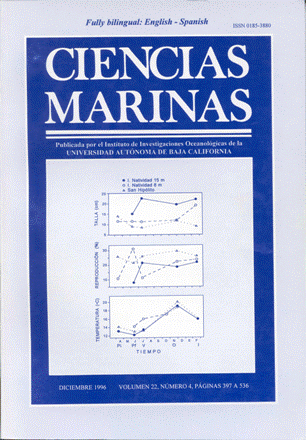Trophic ecology of the intertidal sea anemones Phymactis clematis Dana, 1849, Autactinia marplatensis (Zamponi, 1977) and A. Reynaudi (Milne-Edwards, 1857) (Actiniaria: Actinhdae): relationships between sea anemones and their prey
Main Article Content
Abstract
The feeding ecology of the intertidal sea anemones Phymactis clematis Dana, 1849, Aulactinia marplatensis (Zamponi, 1977) and A. reynaudi (Milne-Edwards, 1857) (Actiniaria: Actiniidae) from Punta Cantera and Santa Clara del Mar (Argentina) was studied using the following relations: available and ingested food, prey and predator size, and prey and predator weight. The food ingested by the three sea anemones clearly reflects the available food, both in quantitative and qualitative terms. In both locations, no correlation was observed between sea anemone size and prey size, or between predator weight and prey weight. These facts suggest that sea anemones feed principally on prey detached by wave action; the mussel Brachydontes rodriguezi d´ Orbigny, 1846 is the principal prey in the study areas.
Downloads
Article Details
This is an open access article distributed under a Creative Commons Attribution 4.0 License, which allows you to share and adapt the work, as long as you give appropriate credit to the original author(s) and the source, provide a link to the Creative Commons license, and indicate if changes were made. Figures, tables and other elements in the article are included in the article’s CC BY 4.0 license, unless otherwise indicated. The journal title is protected by copyrights and not subject to this license. Full license deed can be viewed here.

